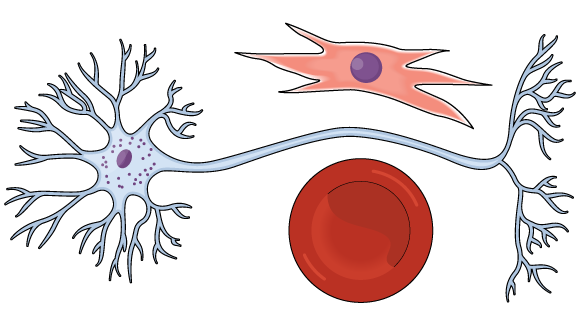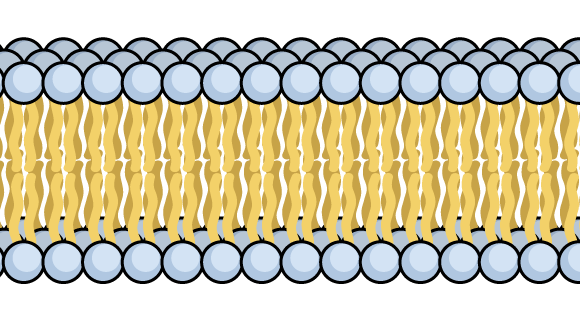Scientific notation is a method for writing extremely large or minimal numbers that makes comparisons and computations easier.
Whole numbers do not have limits, but we cannot write such a large number on paper. Moreover, following the decimal point, there are numbers at the trillions place which need to be represented more concisely. This makes it difficult when it comes to write down a few numbers in their expanded format. As a consequence, we use scientific notation as a method of expressing these values.
For example, scientists, mathematicians, and statisticians may attempt to break large equations down into smaller ones, so that they can be easily calculated. When they use scientific notation to write complex numbers, they will find it easier to read and comprehend them.
You can convert numbers to scientific notation by assembling them into a simple equation. Learn what scientific notation is and how to write numbers in it by using examples in this article.
Using scientific notation when writing numbers
The most effective way of observing the planets, stars, and other celestial entities located in the galaxy is to use telescopic lenses. As an example, the closest celestial body to Earth is at a distance of approximately 30,00,000,000,000 miles.
Alternatively, biologists use microscopes to observe cellular structures, microorganisms, and other species. One cell, for example, measures approximately 0.0000001 meters. In mathematics, basic equations are often calculated with scientific notation. Different objects’ mass, speed, and distance can be calculated by them. What would the scientific notation look like for these numbers?
When presenting an accurate solution, certain scientific notation factors must be considered. Calculating the scientific notation involves the following elements:
- Coefficient: Determined by moving a decimal point a certain number of times. A coefficient of one or less than ten must be less than or equal to one.
- There is always a base of 10. Multiplying the exponent by 10 gives you the final solution.
- A decimal coefficient is formed by moving a decimal multiple times to form an exponent, which can either be positive or negative.
- Exponents and bases are combined to determine the power of ten. The total of these numbers equals the scientific notation.
a × 10b ; 1 ≤ a < 10
6500000= 6.5(coefficient) x 10 (base)6 (exponent)
If you enter your numbers into an equation, you will find the scientific notation. Using scientific notation is as easy as following the steps below:
- Locate the decimal’s original position.
- Positive or negative numbers are interpreted.
- Add and subtract until you get a number between one and ten after moving the decimal point.
- The number of times the decimal has been moved should be counted.
- Present your final scientific notation after entering the numbers into the equation.
In scientific notation, large numbers and small numbers follow the same rules. Only the way how decimal moves make a difference. If you move the decimal left, you add the exponent’s position to the decimal. Subtract the decimal’s position from the exponent if you move it to the right.
Example 1
65,000 in scientific notation
First, move the decimal four places between the six and the five as you write this number in scientific notation. Due to the move of the decimal 4 places to the left, the exponent will be increased.
The answer is 6.5 x 104
Example 2
0.00065 in scientific notation
When writing this number in scientific notation, you must first move the decimal four places from the 6 to the 5 in the original number. The decimal will be moved four places to the right, which will lead to a subtraction from the exponent. Due to the lack of an exponent, use the exponent 0.
The answer is 6.5 x 10-4
Level up your research paper with infographics!
An eye for detail is key to optimizing your article and getting it accepted in top journals. Infographics are excellent tools for elevating articles and research papers (Read our blog to learn more). With Mind The Graph, you can create visually appealing articles by using infographic templates. Visit us for more information!

Subscribe to our newsletter
Exclusive high quality content about effective visual
communication in science.




